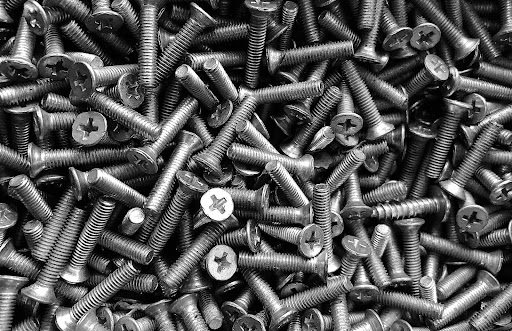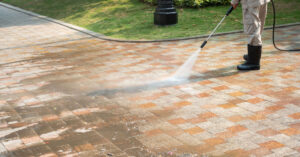
How to Tell What Screw You Need for DIY
DIY can be extremely challenging, especially if you don’t have a lot of experience. The internet has made it much easier to start and finish your own projects successfully. However, there are still a lot of things you need to consider before you begin. Despite all this, it’s incredibly rewarding to finish a DIY project, especially when you can look back on your handiwork for years to come.
Whatever project you’re working on, it’s likely that you’re going to need screws at some point. These small devices are used to fasten two or more materials together, generating force through torque. Screws are very easy to use and are powerful despite their size, which is one of the reasons why they’re so widespread. Before you start your project, you need to know which screws are best for the job.
What Types of Screws Are There?
At first glance, screws might all look very similar. However, if you look closer, you’ll see that there are actually a lot of different types, shapes and sizes. These small design features have a big impact on how screws are used, which is why it’s so important you choose the right type. Using the wrong screw could result in your project being a failure, while the right screw will help achieve the results you’re looking for.
While most people think of standard shape screws, there are a lot of specialised screws which can fulfil unique purposes. For example, grub screws are used to secure moving components such as gears in place. These screws have a threaded insert instead of a standard tapering screw grooves.
You can also find screws which are designed for a specific material, such as drywall screws. These are designed to attach drywall panels to wall studs or ceiling joists. Typically, they have a curved, bugle head. This is designed to crease the top layer of the drywall rather than sinking into the surface as a traditional wood screw would.
There are thousands of other screw types, with differences in thread type, length, material, and the type of head all affecting how they’re used. Countersunk screws are designed to sink into the material, hiding the screw to create a more aesthetic finish. This also improves safety, as it helps to minimise the chance of something catching on a screw head.
Aside from the shape of the head, you may have noticed that screws can have different drives. The drive is the mechanism used to turn the screw and generate force. Phillips are the most common, but flathead and hex screws are also often used.
Why Screw Size is Important
The type of screw isn’t the only thing you need to consider. Size matters too, with the screw needing to be the right length to penetrate the material. Typically, screws are measured in millimetres, with the size showing the length by the diameter of the thread.
You measure the length of a screw from the tip of the thread to the head. This measurement tells you how far it will penetrate the material it’s screwed into. Too long, and you’ll over-penetrate, damaging the material and causing a safety hazard. Too short and the screw won’t hold in place fully, and the joint may break. In some cases, screws may have a round head, in which case the length will be measured from under the head.
Size is important, as having a screw too big or too small for the material will affect the quality of the joint. Too big, and the screw will over penetrate, protruding from the material and causing damage. This can also be a safety risk, as the sharp point of the screw can be dangerous. If the screw is too small, it may not generate enough force to hold the joint in place, causing your project to break.

